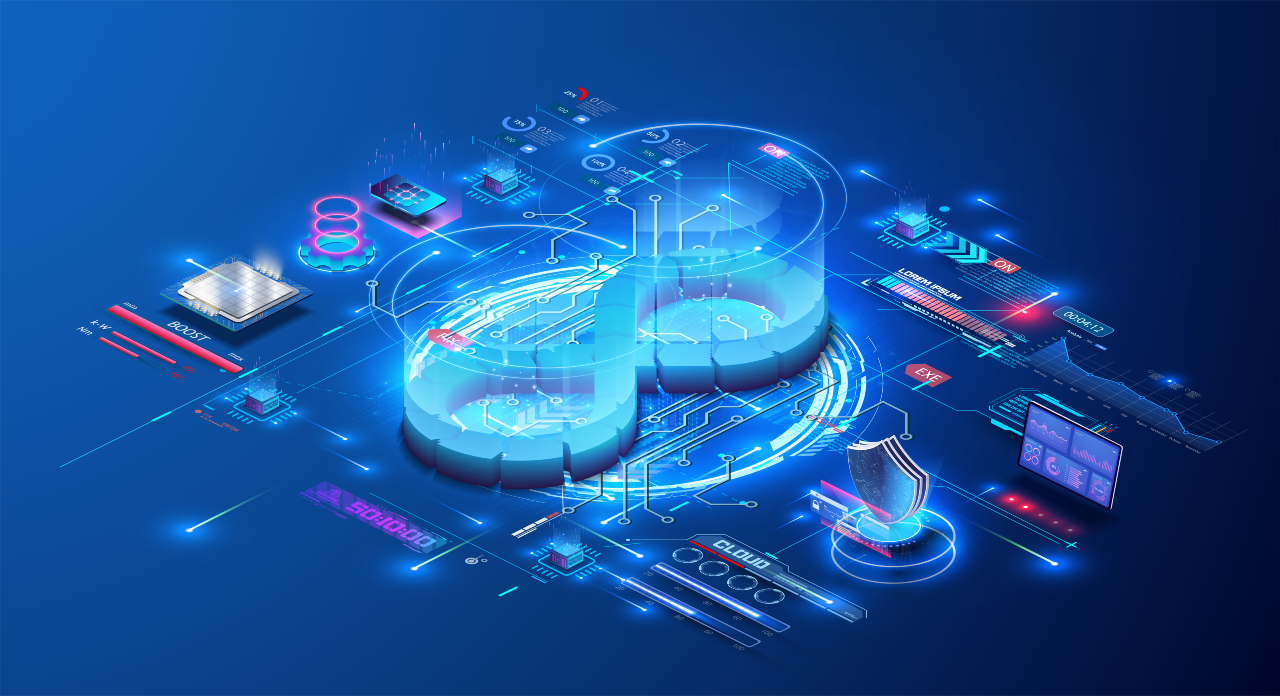As businesses race to get the most out of their data, they’re also looking to streamline the data analysis process. Find out why DataOps is gaining traction, what it is, and how it’s different from Data Ops and DevOps.
Many companies want to be data-driven, but it seems like there’s something clogging the metaphorical fuel line – despite their best efforts, there are inefficiencies and bottlenecks in the process of getting data to analysts and getting data-backed insights to end users. To address this problem, the concept of DataOps has been developed. Inspired by (but not an exact copy of) DevOps, DataOps aims to keep the data flowing smoothly to both data teams and business users.
In this article, we’ll examine what DataOps is, how it differs from DevOps (and the similarly named, two-worded Data Ops), and why it’s important.
What Is DataOps?
At a high level, DataOps aims to provide faster, more efficient insights. It will enable companies to keep up with data growth and variety while still ensuring a robust and scalable data infrastructure. It uses some practices borrowed from software development like Agile methodologies, automation, and Continuous Integration and Continuous Delivery (CI/CD) to meet the new goal of always-on, every-ready insights.
Now, let’s get into the more detailed version. According to Gartner, “DataOps is a collaborative data management practice focused on improving the communication, integration and automation of data flows between data managers and data consumers [… and to] deliver value faster by creating predictable delivery and change management of data, data models and related artifacts. DataOps uses technology to automate the design, deployment, and management of data delivery.”
Critically, DataOps doesn’t just focus on the tools and technologies involved; it also fosters better collaboration and functioning within data analytics teams.
It might help to imagine the data pipeline as an engine and fuel system. The engine requires a steady flow of high-quality fuel; we can compare this to decision-makers who use data in the form of dashboards, visualization, and reports in their daily work. However, the fuel has to pass through a system of lines and filters to get to the engine; we can compare this to the data pipeline that extends from data intake through processing and analytics. DataOps largely focuses on this part of the process.
DataOps vs. Data Ops
Before we go any further, let’s clear up the difference between DataOps and Data Ops. Data Ops is actually a shortened form of “data operations”. Data operations covers a lot more ground than DataOps, including the security and availability of the data and its infrastructure.
DataOps vs. Data Ops
You may remember a time when new versions of software came out every year or two. Now, though, Cloud-based programs and mobile apps update themselves almost continuously (or so it seems, anyway). One reason for this change is DevOps, which has allowed companies to automate parts of their development processes and thus shorten their software release cycles. Similarly, DataOps uses automation to shorten the delivery of data products and improve the efficiency of data analytics and delivery.
There is a key difference between DevOps and DataOps, and that is the audience – and, by extension, their goals, and mindsets. Software developers and data professionals use different tools and have different goals. They have different approaches to how they do their jobs: it’s common for a software engineer to work with multiple programming languages and tools, while data analysts use comparatively fewer languages and programs. Data analysis incorporates lots of testing and exploration to find relationships between data; software development takes lots of debugging and iterations to develop new features or fix problems.
It’s also worth mentioning that there’s a lot of innovation going on in the data science and analysis space, which means that change and innovation management also has a place in the DataOps environment. There are also many specialized professionals within data teams; how they will work with or use data also has to be taken into consideration. In short, DataOps has a stronger focus on people and data rather than processes.
So, while in the big picture DataOps and DevOps have similar goals – streamlining, optimizing, and ultimately shortening the processes behind delivering their respective products – they are two different areas. It’s accurate to call DataOps inspired by DevOps rather than a copy of DevOps applied to the world of data.
Why Implement DataOps?
In conclusion, let’s consider why businesses should apply DataOps, especially if they already have a functional data science program:
- DataOps facilitates better data access, shorter refresh cycles, and faster delivery times.
- DataOps promotes smoother collaboration between data professionals and between data teams and business teams.
- DataOps centralizes resources, resulting in enhanced data availability and security (e.g., because data isn’t living in a silo – or even worse, on someone’s workstation). This also enables a more efficient workflow within the data team.
There are carryover benefits to the entire organization as well. Organizational efficiency is improved as access to data is improved. It also creates opportunities for better decision-making and strategy, especially in areas that deal with a lot of changes in data (like marketing and customer service).
DataOps is the Way for Data-oriented Business
DataOps is too new a concept to be fully implemented right now. But as businesses increase their investments in data usage and infrastructure, it’s important to keep DataOps in mind. In the future, we expect to see it as one of the standard best practices for data-driven businesses.
Authored by: Dr. Anil Kaul, CEO at Absolutdata and Chief AI Officer at Infogain
Related Absolutdata products and services: Analytics, Data Science & AI, Data Integration, NAVIK AI Platform































